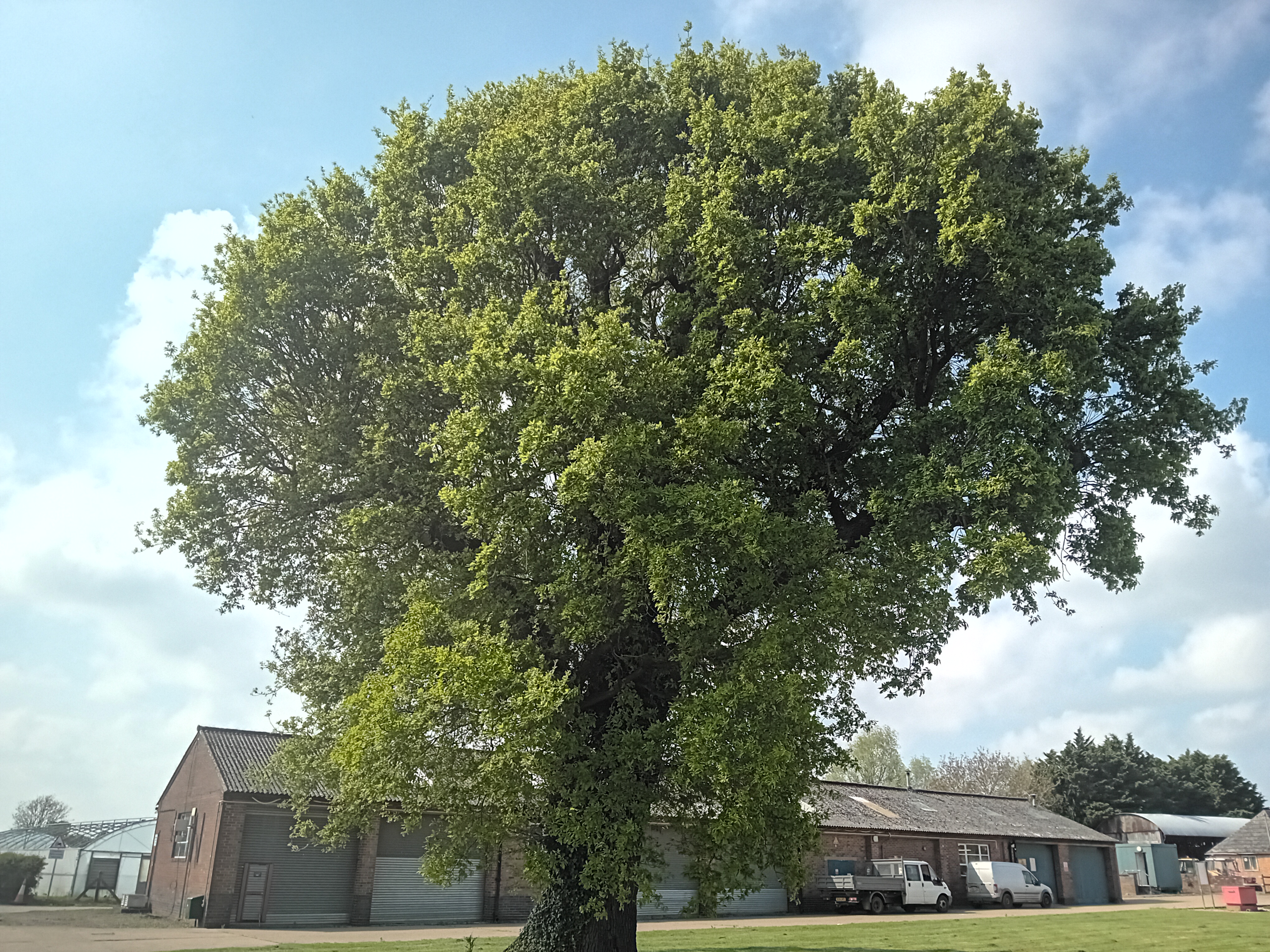Quantifying visual surveillance in tree health
Quantifying visual surveillance in tree health: Acute oak decline as a case study
Matt Combes and Stephen Parnell (University of Warwick) in collaboration with Nathan Brown and Peter Crow (Forest Research)
Research funded by Defra’s Future Proofing Plant Health
The occurrence of invasive forest pest and pathogens has increased exponentially since the 1800s, having both ecological and economic consequences. The most publicised recent example is probably ash dieback disease, which is estimated to cost Britain billions of pounds alone and will inevitably impact the 955 species of birds, mammals, insects, fungi, mosses and lichens that are supported by ash.
In addition to recent arrivals, our trees also face threats from established agents that are flourishing in a changing climate. For example, oak in many areas in Britain are at risk from acute oak decline (AOD), a disease in the broader context of oak decline that has complex and multifactorial causes. AOD is characterised by four symptoms; bleeds on the main stem, large cracks between bark plates, larval galleries of Agrilus biguttatus beetle, and the small (3 – 5 mm) D-shaped beetle exit holes on main stem. Multiple bacterial species interact to cause wood decay within a pathobiome, that is strongly linked to Agrilus biguttatus a native beetle, and predisposing abiotic stresses.
Early detection of symptoms of such pests and diseases is essential to both eradicate them, and more effectively manage the impacts in the landscape. However, with such a large area to monitor, it is clear that the public and citizen scientists could play a key role in surveillance for these pests and diseases. To this end, organisations such as Observatree (https://www.observatree.org.uk/) (a network of trained tree health citizen scientists) have been established in Britain, and applications such as TreeAlert (https://www.forestresearch.gov.uk/tools-and-resources/fthr/tree-alert/) allow the public to report tree health related concerns.
Here at Warwick we are working closely with Forest Research to better understand key aspects of reporter behaviour to improve how volunteered data can be used to guide policy. Sensitivity (probability of correctly identifying a positive case) and specificity (probability of correctly identifying a negative case) are vital variables that allow sightings to be accurately transformed in to mapped distributions, unfortunately neither are currently quantified for visual surveillance. With knowledge of these variables, we can estimate metrics such as probability of pest/ disease absence given no detection, and likely true prevalence of a pest/ disease given detection, both of which enable optimisation of surveillance strategies.
We addressed this knowledge gap using AOD as a case study system. In 2022, a group of 23 citizen scientists with varying experience conducted a survey of up to 176 trees over two woodlands in southern England during event days led by Forest Research. These trees were also assessed by an AOD expert from Forest Research who has monitored these trees over a 14 year period. This enabled us to obtain estimates of citizen scientist sensitivity and specificity, and we revealed how this varies between both individuals and symptoms. This emphasised the necessity of being able to quantify these parameters in the absence of our rarely available ‘gold-standard’ expert dataset. Therefore, as part of this project, we also developed a workflow utilising Bayesian methods to quantify the distribution of sensitivity and specificity of visual surveillance in the absence of this expert dataset. This provides the tools to facilitate the quantification of these surveillance parameters in wider plant health, and enable more effective risk-based surveillance.
Further questions surrounding understanding this variation in sensitivity and specificity remain, and we will be addressing these over the course of the year. We will be running further AOD survey days this year to help address these questions. All days involve specialist training from Forest Research, to maximise the benefit of these days for everyone involved. If you would like further information or wish to register your interest in being involved in one of these training and survey days, please contact matt.combes@warwick.ac.uk.



